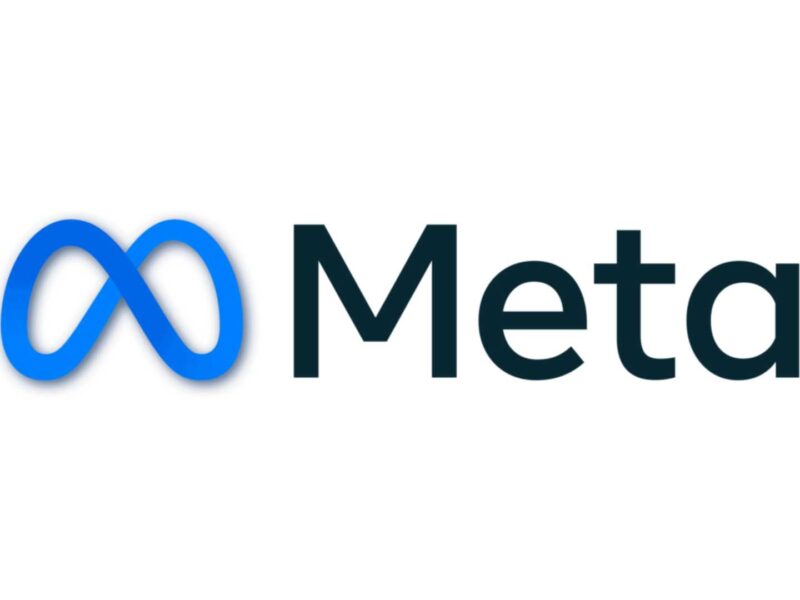High-Impact Open Source: Technologies That Transformed Organizations
The world of technology is undergoing a profound shift, powered by the rise of open source.
From the foundations of cloud infrastructure to the forefront of AI innovation, open-source technologies are reshaping how businesses operate and develop software, fostering agility, efficiency, and collaboration.
In this Techronicler post, we journey into the heart of this transformation with the guidance of leading tech executives.
They share firsthand accounts of the open-source technologies that have revolutionized their organizations, revealing the compelling reasons behind their choices and the remarkable impact they’ve witnessed.
Join us as we explore their insights and uncover the increasingly vital role of open source in shaping the future of technology.
Read on!
Kafka
We chose Kafka for its scalability, fault tolerance, and seamless integration with multiple data sources.
For example, we can manage intricate workflows, such as coordinating high-volume invoice processing without interruption, because of its ability to handle millions of data events every day.
Its vibrant open-source community continuously adds new features, which we use to remain flexible in responding to customer requests.
Recent improvements, for instance, have improved our AI-based document validation procedures, saving time and lowering mistakes.
WooCommerce
An open-source technology that has significantly shaped our operations is WooCommerce, a plugin built for WordPress.
We chose WooCommerce because of its adaptability and the robust community support behind it. Managing an e-commerce platform requires flexibility, and WooCommerce gives us the freedom to customize features like checkout flows and inventory management to suit our business.
The first major application was the redesign of our website.
We connected WooCommerce with third-party open-source plugins to better filter products and make it more intuitive for customers to shop. This resulted in a 20% improvement in conversion rates over the first quarter after launch.
Open-source technology is transparent, allowing us to tweak and scale the solution as we grow without relying on expensive proprietary software.

Matt Little
Founder and Managing Director, Festoon House
Mautic
At Brand Ignite, we rely on Mautic, an open-source marketing automation platform, for our lead generation efforts.
Its flexibility and robust features have been game-changers for managing campaigns and nurturing client relationships.
Unlike proprietary tools, Mautic allows us to customize workflows and integrate seamlessly with our existing CRM systems.
One standout feature is its ability to track user behavior and trigger personalized email campaigns based on interactions, which has significantly improved our conversion rates.
Additionally, its cost-effectiveness—compared to other enterprise solutions—makes it ideal for scaling without overshooting budgets.
Choosing Mautic came down to its open-source community support, ease of use, and adaptability, giving us the freedom to align the tool with our specific needs while staying within ethical data practices.
CaseFleet
An open-source technology that has significantly impacted my practice is CaseFleet, a case chronology software built on open principles.
Its timeline-building features allow for seamless organization and analysis of case facts, critical in legal defense.
The key reason for choosing CaseFleet was its ability to integrate with existing tools while offering a transparent and flexible framework for customization.
Unlike proprietary options, its open-source roots allowed us to modify certain features to align with our team’s specific needs, such as linking court documents directly into timelines.
Choosing this technology came down to adaptability and cost-effectiveness.
Open-source platforms provided the freedom to tailor solutions without the heavy licensing fees of commercial products, making it both practical and efficient for a legal environment that demands precision and quick turnarounds.
PostgreSQL
As the CEO of Edstellar, I’ve seen how open-source tools can drive innovation.
For us, PostgreSQL has been a game-changer.
Its reliability, scalability, and robust feature set make it indispensable for managing our learning platform’s backend.
For example, its ability to handle high-traffic periods ensures students can access courses without downtime, even during peak enrollment.
PostgreSQL was our choice because of its vibrant community, regular upgrades, and sophisticated support for intricate queries and data processing.
For example, we can easily incorporate real-time progress monitoring thanks to its JSON support, which enables educators to get relevant data more quickly.
Additionally, the open-source nature guarantees openness and adaptability, which are ideal for our goal of developing solutions that can be tailored to each client’s specific requirements.
As an illustration, we customized PostgreSQL to provide multi-region deployments, guaranteeing that clients throughout the world receive the same level of quality.
WordPress & LibreOffice
The most valuable open-source tool I rely on is WordPress.
It’s simple to use and has been key in managing my firm’s website.
Whether I’m posting updates, sharing resources, or keeping clients informed, it helps me maintain a professional online presence without needing a tech expert on hand. It’s also cost-effective, which is crucial for a small business like mine.
I also use LibreOffice daily for drafting contracts, letters, and other documents.
It’s a great alternative to expensive office software, and it does everything I need without the cost.
Both tools are straightforward and reliable, helping me stay organized and focused on running my practice rather than getting bogged down in complicated tech.
They’ve been vital in keeping costs low while supporting the day-to-day operations of my business.

Oliver Morrisey
Owner & Director, Empower Wills and Estate Lawyers
FFmpeg
I am a video editor and post technician by trade and by far the best open-source tool is FFmpeg.
It has formed the backend of two tools I love and would be lost without – Handbrake and VLC. I am not saying writing the code for it is hard but it’s often easier to have a GUI.
Handbrake is a video encoding/decoding tool and VLC is a primary video player that can do encoding.
When playing media from a corrupted memory card, VLC was able to play it when anything else was not and then handbrake was able to make the file more manageable.
After we lost a hard drive two years after finishing a project and we only had the client’s deliverables DVD, we were able to recover the final film via handbrake to make the required changes.
I’ve also used VLC to be the player for a video wall in a customer waiting room.
Neither of VLC or Handbrake would be free and open-source without the base technology FFmpeg being free and open-source.

Joe Savitch-Lee
Freelance Video Editor / Engineer, CINEMATIC LEE LIMITED
Rocket Chat
Especially when working with remote employees, one of the biggest challenges is keeping everyone on the same page.
With multiple inboxes to check and multiple platforms for meetings, email, and chat, things got expensive and disjointed.
We’ve recently replaced all of our internal communication tools with Rocket Chat. It’s clean, simple, free, and does everything we need it to.

Mike Fretto
Creative Director, Neighbor
Elasticsearch
At Anstrex, Elasticsearch has changed how we manage and query our huge ad intelligence database.
This open source technology enables us to give our users the ability to perform real-time searches on multiple verticals and filter through billions of ads with ease.
We chose Elasticsearch for its scalability, speed, and powerful ecosystem.
It is very useful in dealing with complex data structures and indexing which is very much needed for the datasets used in our competitive intelligence platform.
The integration of Elasticsearch was difficult to implement in the beginning, but with the support of its vibrant community and in-depth online documentation, we were able to tackle these advanced features such as personalized query suggestions.

Hiren Shah
Founder, Anstrex
Superset
The foundation of Flevy’s operations has been open-source technology, with Apache Superset revolutionizing our data visualization procedures.
Why Superset?
We were able to customize analytics dashboards to meet a variety of customer needs without being overwhelmed by licensing costs thanks to its versatility and active community assistance.
For example, the smooth integration of Superset with many databases sped up the delivery of insights when we launched our Benchmarking Performance Metrics module.
This decision was not only motivated by cost; it also matched our philosophy of democratizing access to effective business tools.
The development of Superset, fueled by enthusiastic contributors, reminds us of our goal of encouraging teamwork. Adopting open-source felt like joining a global think tank in a world full of proprietary platforms, with repercussions extending well beyond our operations.”

David Tang
CEO, Flevy
On behalf of the Techronicler community of readers, we thank these leaders and experts for taking the time to share valuable insights that stem from years of experience and in-depth expertise in their respective niches.
If you wish to showcase your experience and expertise, participate in industry-leading discussions, and add visibility and impact to your personal brand and business, get in touch with the Techronicler team to feature in our fast-growing publication.















